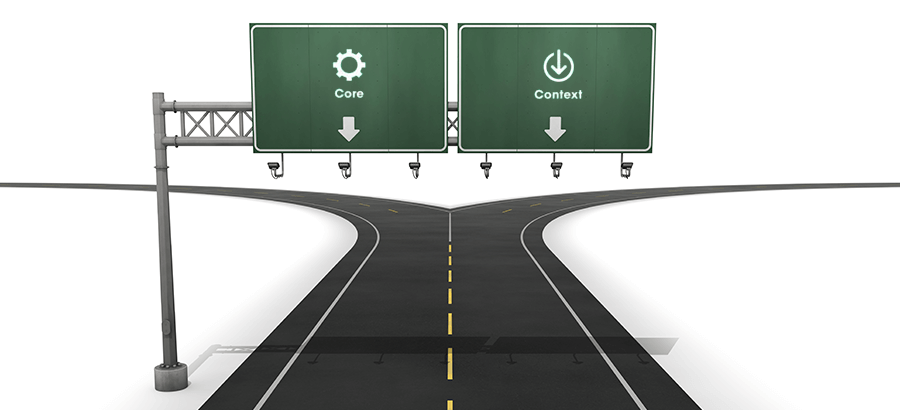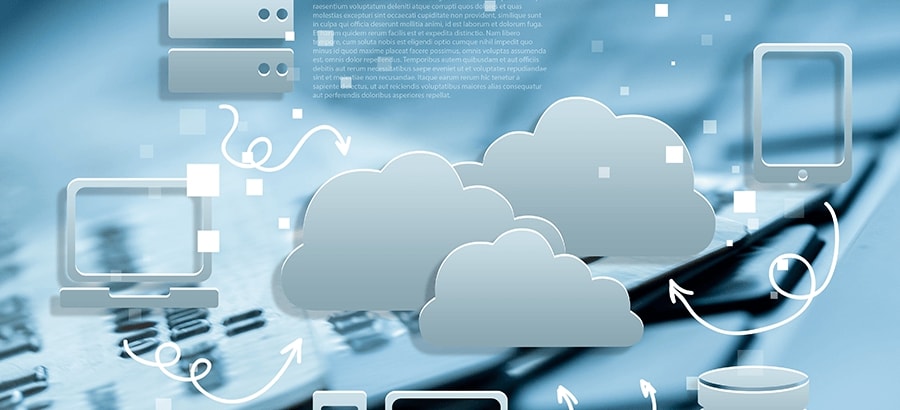When asked to think about sustainable energy within a business environment, I’m sure that integrated databases, Business Intelligence dashboards, web design and cloud computing are not the first thoughts that come to mind. Instead you are probably picturing recycle bins, wind turbines and solar panels.
We refer to sustainable energy in terms of how we capture, save and analyze data so that businesses can view the right information, at the right time, to make the best decisions for the organization. You may be thinking that this could be talking about any or all business data, not just data around sustainability. And I’d say, “precisely”. Business activities and sustainable practices should be one and the same.
Assimilating these activities can be achieved through Corporate Environmental Management Information Systems (CEMIS), a function performed by business management software. It encompasses many things, but in a nutshell, CEMIS are organizational-technical systems for systematically obtaining, processing and making environmental relevant information available in companies (Rautenstrauch 1999).
In my opinion, the key here is: ‘making environmental relevant information available’. In other words making the information visible.
Visibility is a critical aspect of sustainable business practices. Why? Because the responsibility should not only lie with the IT department (who administer the software and systems that monitor and gather data), or the financial department (who collate, report on and analyze data), but rather the company as a whole.
One of a company’s goals may be to improve energy efficiency. Creating dashboards that display energy use by department and comparing usage per day can improve visibility. This data can be obtained by integrating energy meters to the database. This visibility creates awareness throughout the company and can change behavior in striving to improve results. Statistical, or non-financial data can be captured in SYSPRO and our dashboard designer can be used to visualize the data.
You can create a web portal for stakeholders which provides up-to-date detail on company activities. If your company has indicated to stakeholders the intent to reduce waste and improve efficiency then what better way to involve them than via a website. This, in turn, builds trust through transparency.
The environmentally relevant data can also be made available to stakeholders through annual integrated reports. If companies have a single database which includes both financial and environmental information, reporting is made easier. This means that capturing environmental data becomes a daily activity as opposed to an annual one. Daily updates imply up-to-date information, which means more accurate reporting.
Businesses need to overcome the thought that environmental data and information is an ‘add on’ rather than an integration. This does not begin at an operational level, but rather at the strategic level. IT needs to be involved at the strategic level to ensure that the system supports the strategy along with all subsequent objectives.
Sustainability in a business context is not just about ‘being green’ or about compliance with regulations. Having these systems in place, linked to alerts and push notifications, will assist companies with waste/emission reduction, improved energy use, more efficient material flow as well as accurate reporting.







